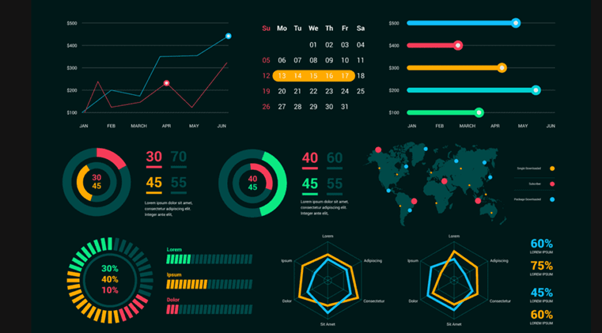The first electrical power and energy system (EPES) was used back to the late 19th century and since then plays a critical role to people’s lives. These systems are complex and dynamic, consisting of various components such as generators, transmission lines, transformers, and others. Anomaly detection is used to detect anomalies or abnormal behaviors, which can lead to power electrical failures, equipment failures, and even safety hazards. Thus, effective anomaly detection and visualization techniques are employed to monitor and analyze system data, enabling early detection of anomalies and facilitating prompt action.
Anomaly detection techniques used in EPES leverage advanced machine learning algorithms and data analysis to identify deviations from normal operating conditions. For this reason, training of different algorithms involves historical data derived from a well-functioning EPES. Once trained, they can identify abnormal events or patterns that deviate significantly from the normal behavior.
Statistical analysis is a commonly used technique, that involves analyzing statistical parameters such as mean, variance, and correlation to detect deviations from expected values. The latest years, more sophisticated methods such as machine learning and artificial intelligence are used. On the one hand, supervised learning algorithms are used to train a model based on labeled data. On the other hand, unsupervised learning algorithms, identify anomalies based on patterns and anomalies presented in unlabeled data. Finally, the semi-supervised algorithms incorporate techniques from both supervised and unsupervised learning.
Once anomalies are detected, visualization techniques are employed to present the detected anomalies in a meaningful and interpretable manner. Visualization plays a vital role in enabling operators and engineers to understand the nature and the impact of anomalies in the systems, aiding in decision-making and mitigation strategies. Various visualization techniques are used, depending on the type of data and the level of detail required.

The behavior of a power system over time is represented through time series, while geospatial visualization techniques are employed to visualize anomalies in transmission and distribution networks. These visualizations are aided by Geographic Information System (GIS) technology which is used to map the electrical infrastructure. Finally, graphs and charts are used to display trends, patterns, and anomalies in variables such as voltage, current, and power. By visually inspecting these plots, operators can quickly identify abnormal activity or unexpected behavior.
In conclusion, anomaly detection and visualization techniques are critical for ensuring the reliability and stability of EPES. By employing advanced data analysis and machine learning algorithms, anomalies can be detected fast, enabling prompt actions to mitigate potential risks. Visualization techniques aid in understanding the nature and impact of anomalies, supporting effective decision-making. With ongoing advancements in data analytics and visualization technologies, the capabilities of anomaly detection and visualization techniques in power systems continue to evolve, contributing to the efficient and secure operation of energy infrastructures.
